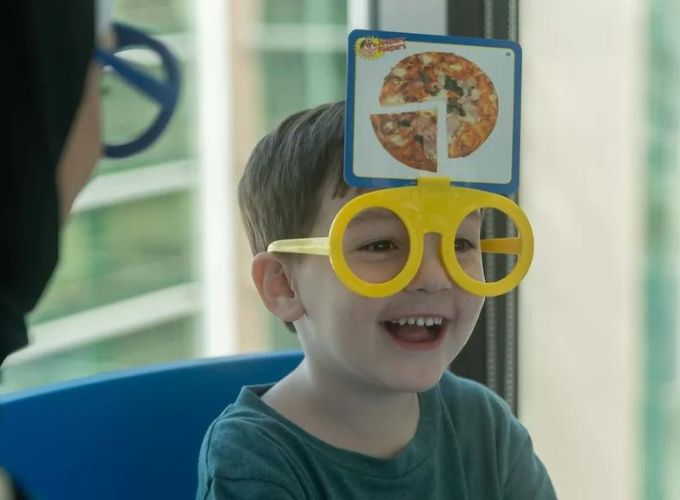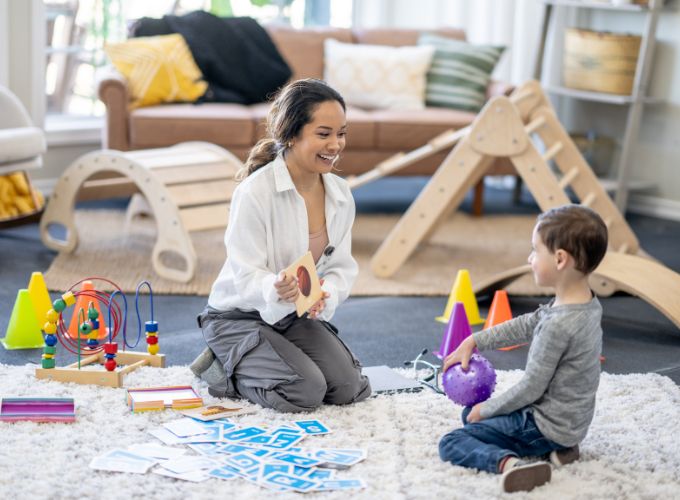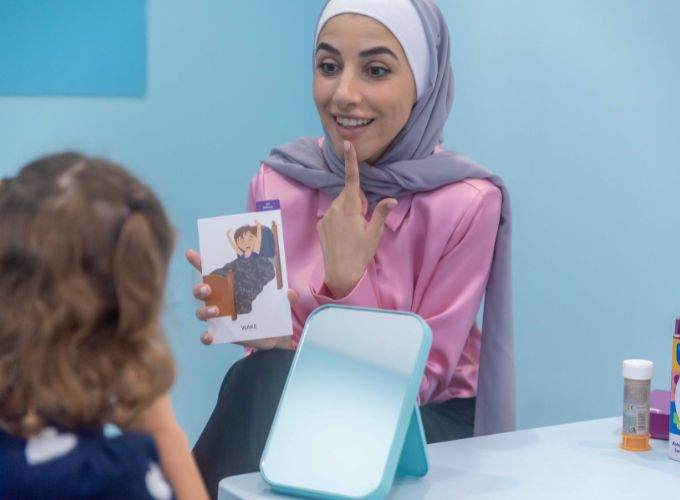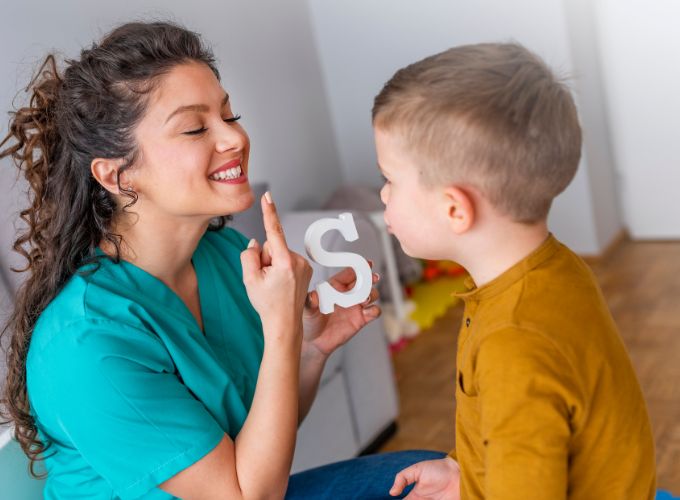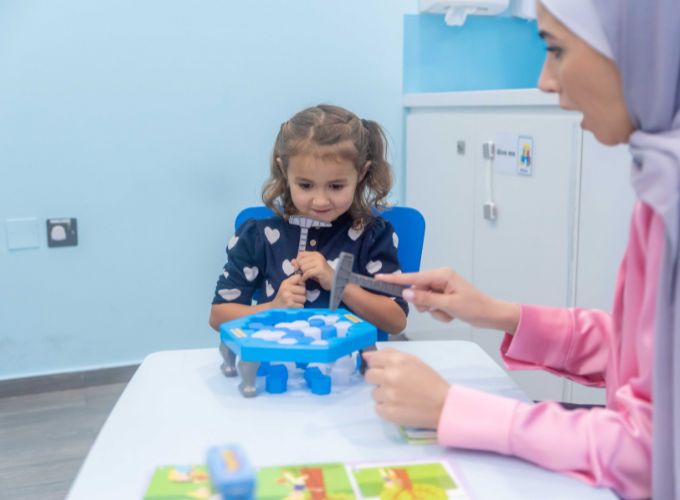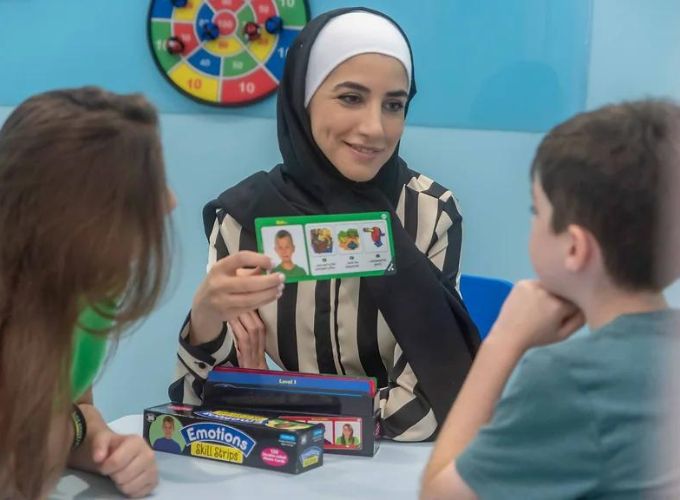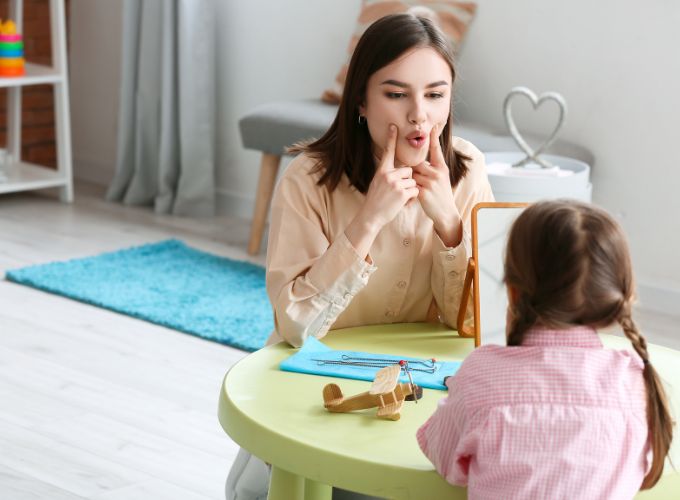Understanding Lego Therapy: A Guide for Parents
What is Lego Therapy?
Lego Therapy is a play-based therapeutic approach that uses Lego building activities to support the development of social communication skills in children. Developed by Dr. Daniel LeGoff, this method leverages the engaging and collaborative nature of Lego play to help children improve their social interactions, communication, and problem-solving abilities.
Why is Lego Therapy Important?
Children with social communication difficulties, such as those with autism spectrum disorder (ASD), often find it challenging to interact with peers. Lego Therapy provides a structured yet fun environment where children can practice essential social skills in a natural and motivating context.
Schedule an appointment with one of our Speech Language Therapists today to discover how we can help you.
Key Benefits of Lego Therapy
Enhanced Social Skills
Improved Problem-Solving
Increased Engagement
Boosted Confidence
Support for Diverse Learners
If you have any questions about our approaches, do not hesitate to
contact Perfect Balance Speech & Language Therapy for help.
How Speech and Language Therapists (SLTs) Use Lego Therapy
SLTs use Lego Therapy to support children with social communication difficulties. Here’s how:
- Group Sessions: Children work in small groups, each taking on specific roles such as builder, supplier, and engineer. This setup encourages cooperation and communication.
- Role Assignments: Each child is assigned a role that requires them to communicate and collaborate with their peers to complete the Lego project.
- Guided Interaction: SLTs facilitate the sessions, providing guidance and support to help children navigate social interactions and resolve conflicts.
- Skill Reinforcement: Through repeated practice, children develop and reinforce their social communication skills in a supportive environment.
Examples of Lego Therapy Activities
- Building Projects: Children work together to build a Lego model, each contributing to the project based on their assigned role.
- Role Switching: Roles are rotated to ensure each child practices different aspects of communication and teamwork.
- Problem-Solving Tasks: Children are given challenges that require them to work together to find solutions.
- Storytelling with Lego: Creating stories using Lego models to enhance narrative skills and creativity.
Tips for Parents
- Encourage Play at Home: Set up Lego play sessions at home to reinforce the skills learned in therapy.
- Be Involved: Participate in Lego building activities with your child to model positive social interactions.
- Create a Supportive Environment: Provide a positive and encouraging atmosphere for your child to practice their social skills.
- Collaborate with SLTs: Work closely with your child’s therapist to understand how you can support their learning at home.
Lego Therapy is a powerful tool that helps children improve their social communication skills through engaging and collaborative play. By understanding and supporting this approach, parents can play a crucial role in their child’s social development.
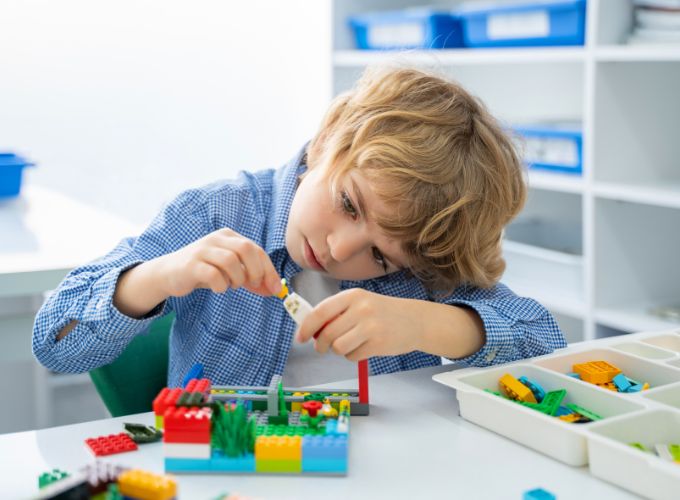
Request an appointment to improve speech and communication skills.
Our Speech and Language therapists can help enhance language abilities, articulation,
and social communication, empowering you to communicate confidently and effectively!
Schedule a consultation with Perfect Balance Speech & Language Therapy today, and
take the first step on your child’s journey to better communication!
